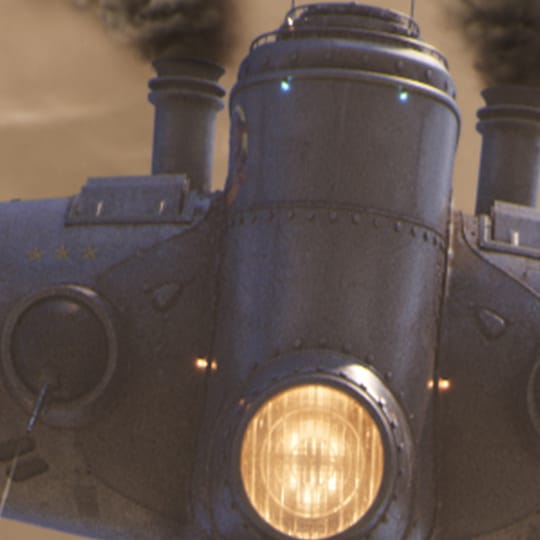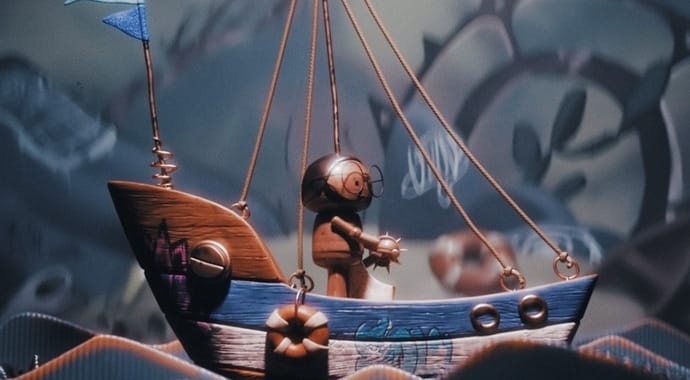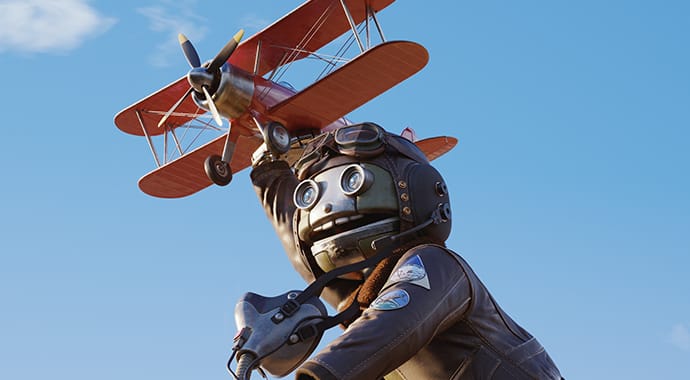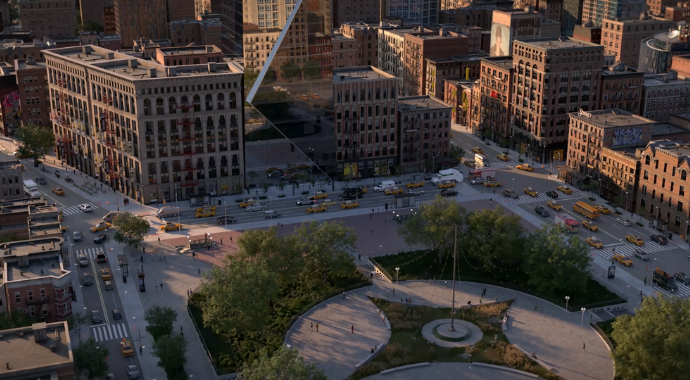Lead Character Artist, Alessandro Baldasseroni, shares portfolio tips and discusses how his skills have transported him across industries over the last 15 years.
Alessandro Baldasseroni is nothing short of a superhero in the world of VFX. Born in Milan, Italy, and now residing in California, Alessandro has worked for all the giants. Currently 15 years into his career as a 3D character artist, a substantial part of his time was spent at Blur Studio in Los Angeles, after which he joined Riot Games to work in the cinematic department. The Mill was his next career stop, where he contributed to countless commercials, before diving into his current role at NVIDIA, where he now works as Lead Character Artist in the Art & Design team.
At NVIDIA, Alessandro’s superpowers are used to create a variety of high-resolution 3D assets that are used to test and showcase proprietary hardware and software technologies. This important work is integral to support both marketing and internal technology development at NVIDIA — and is an exciting position for an artist with Alessandro’s talents, as he explains:
“Working at NVIDIA is quite unique because you really feel enormously empowered by incredible hardware on one side, and on the other, you are energized working alongside the most brilliant minds in this industry when it comes to rendering, artificial intelligence and image computing.”
We talk to Alessandro about being flexible across industries and find out how V-Ray continues to help him to get to the finish line faster.
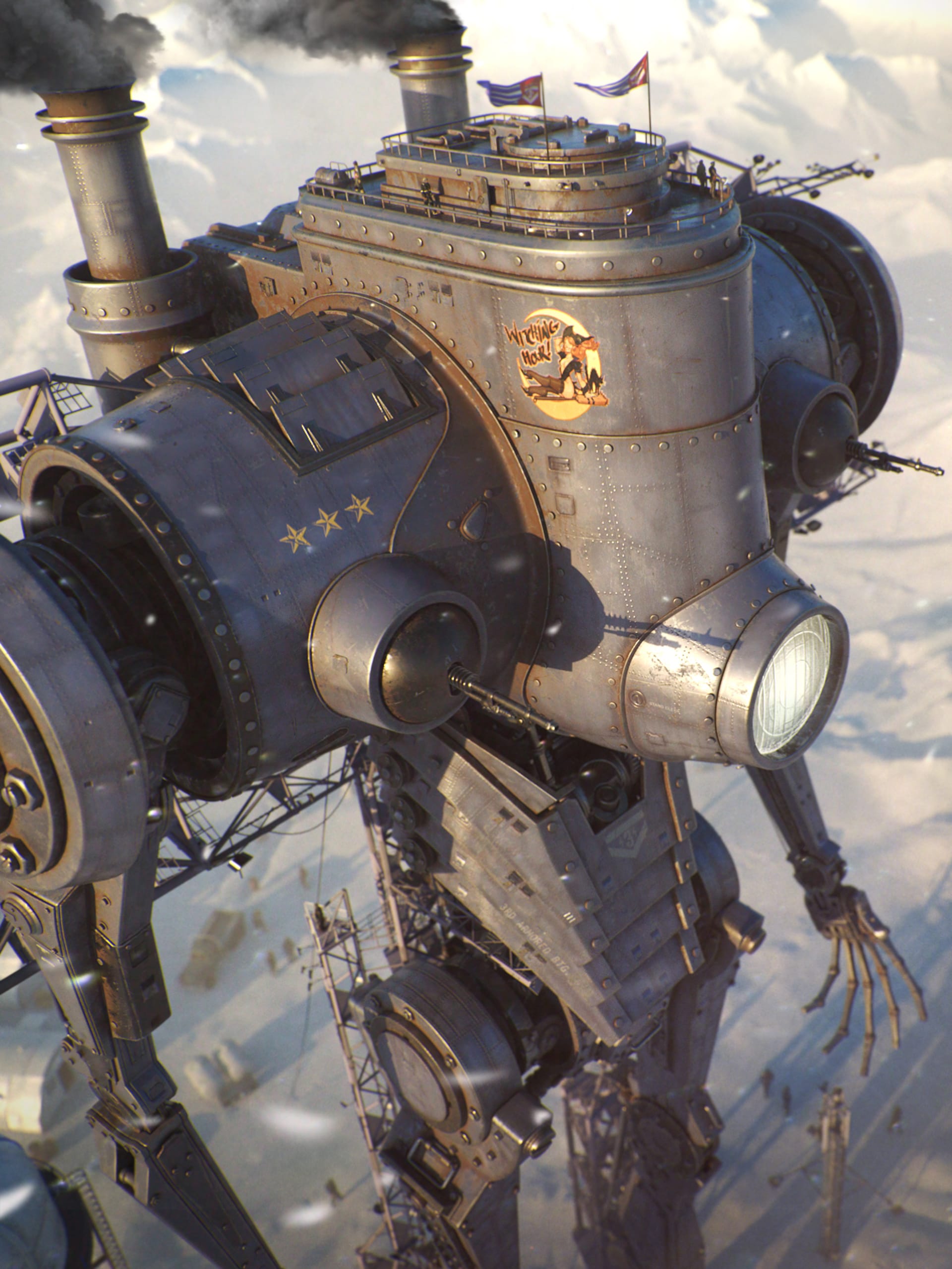
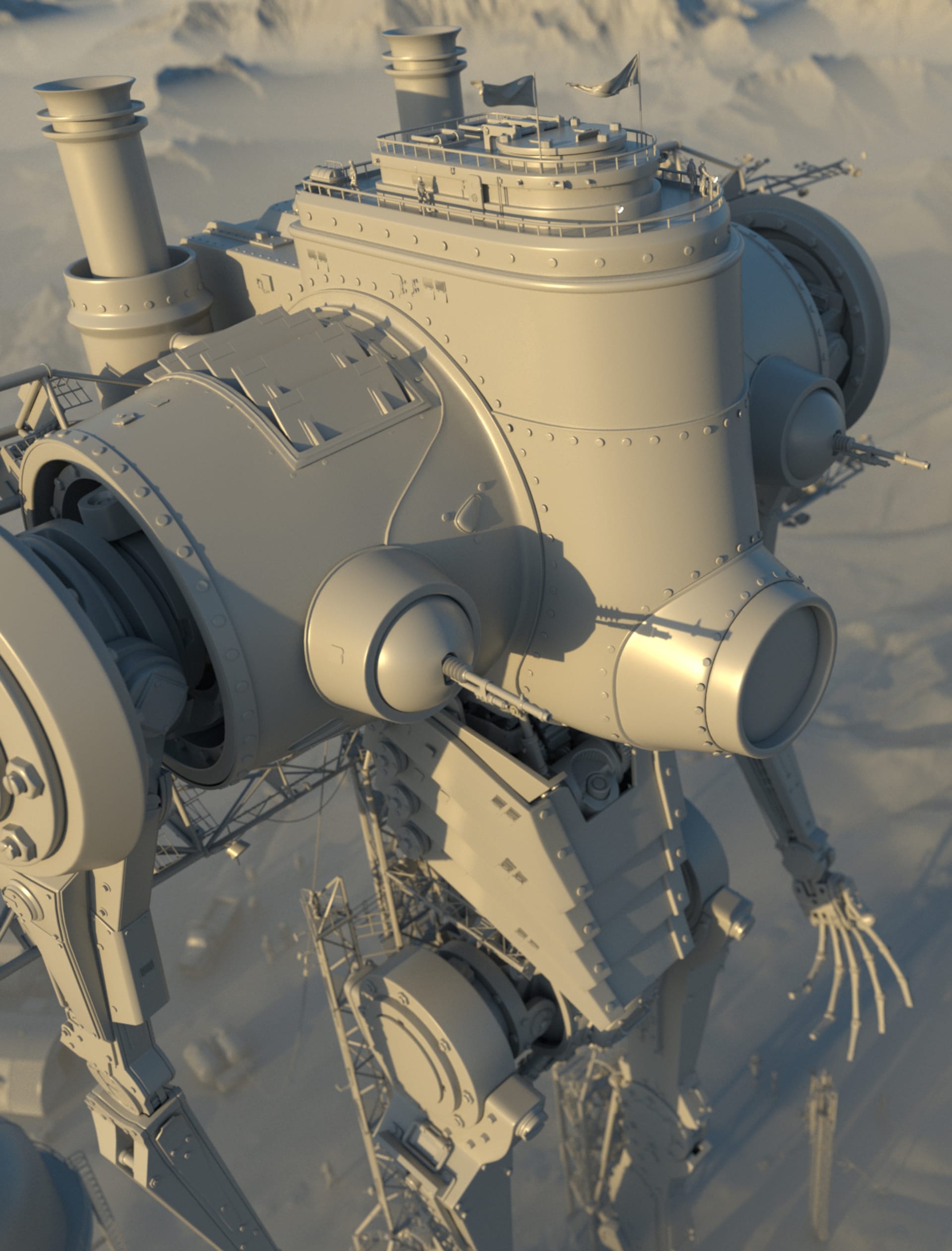
Chaos Group: You’ve worked as a professional character artist for many leading names in film, games, toys, and technology. What skills have been key to your flexibility as a 3D artist, allowing you to adapt to different industries?
Alessandro Baldasseroni: Probably the fact that I’ve always been doing high-resolution assets — in terms of both modeling and texturing — has helped me to adapt to different computer graphic scenarios and needs. Once you are able to model and texture something in 3D for cinematic purposes — which means very high-resolution sculpting and texturing — that skill can definitely scale to games or toys. The technology behind 3D has always been common knowledge. And these last years, with the advent of GPU rendering, the gap between real-time and pre-rendered is becoming even smaller.
You’re a huge inspiration to many character artists out there. What advice do you have for others looking to pursue careers as 3D character artists?
AB: Create characters in 3D — a lot of them. Try to make the characters that you like instead of making what "sells" on social media, or what’s “trendy.” You’ll have more fun this way because you’re doing stuff that you really care about; the work will become almost effortless. Then put together a portfolio — and don’t be shy about promoting it, just make sure it’s only your best, finished work that you showcase.
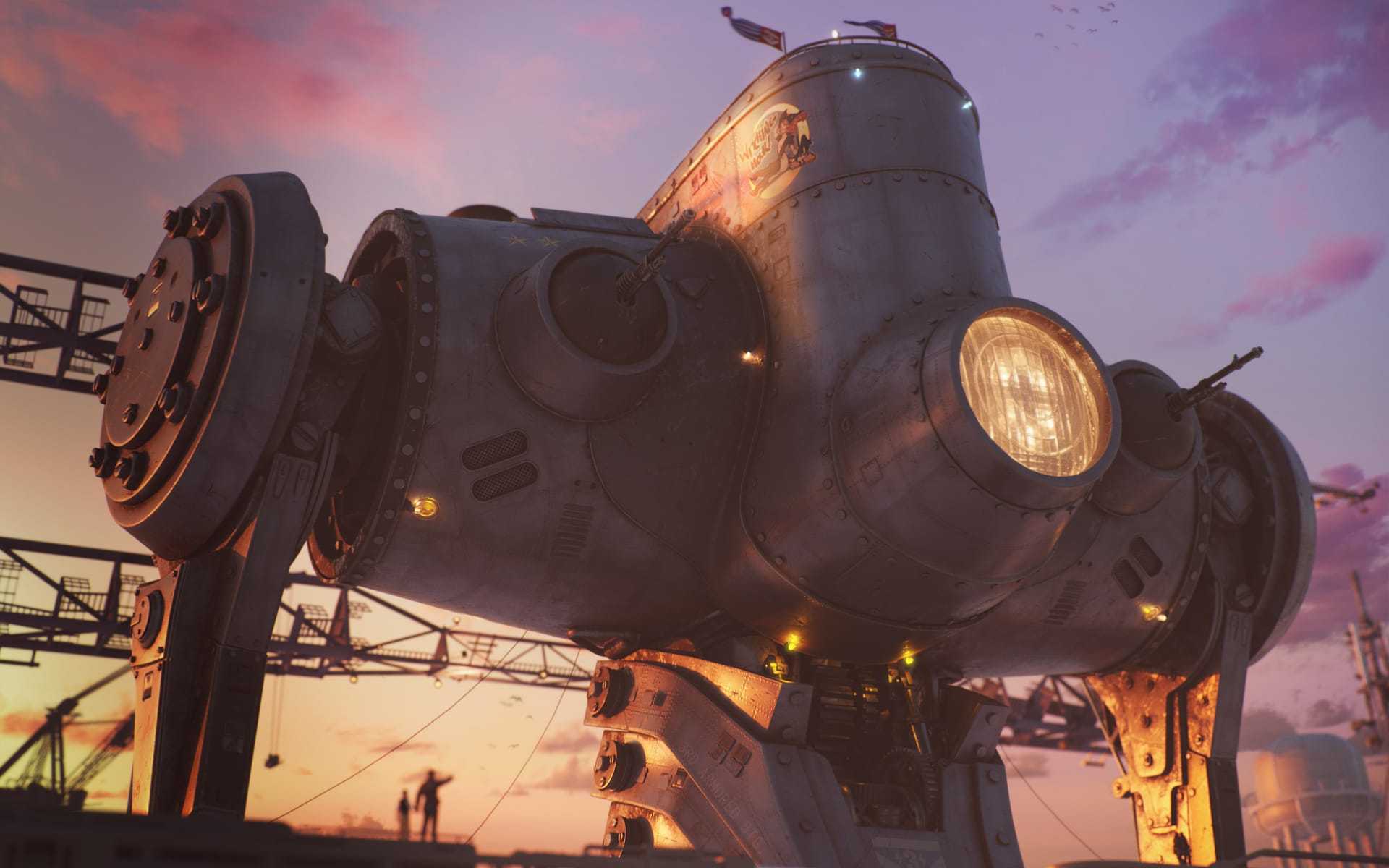
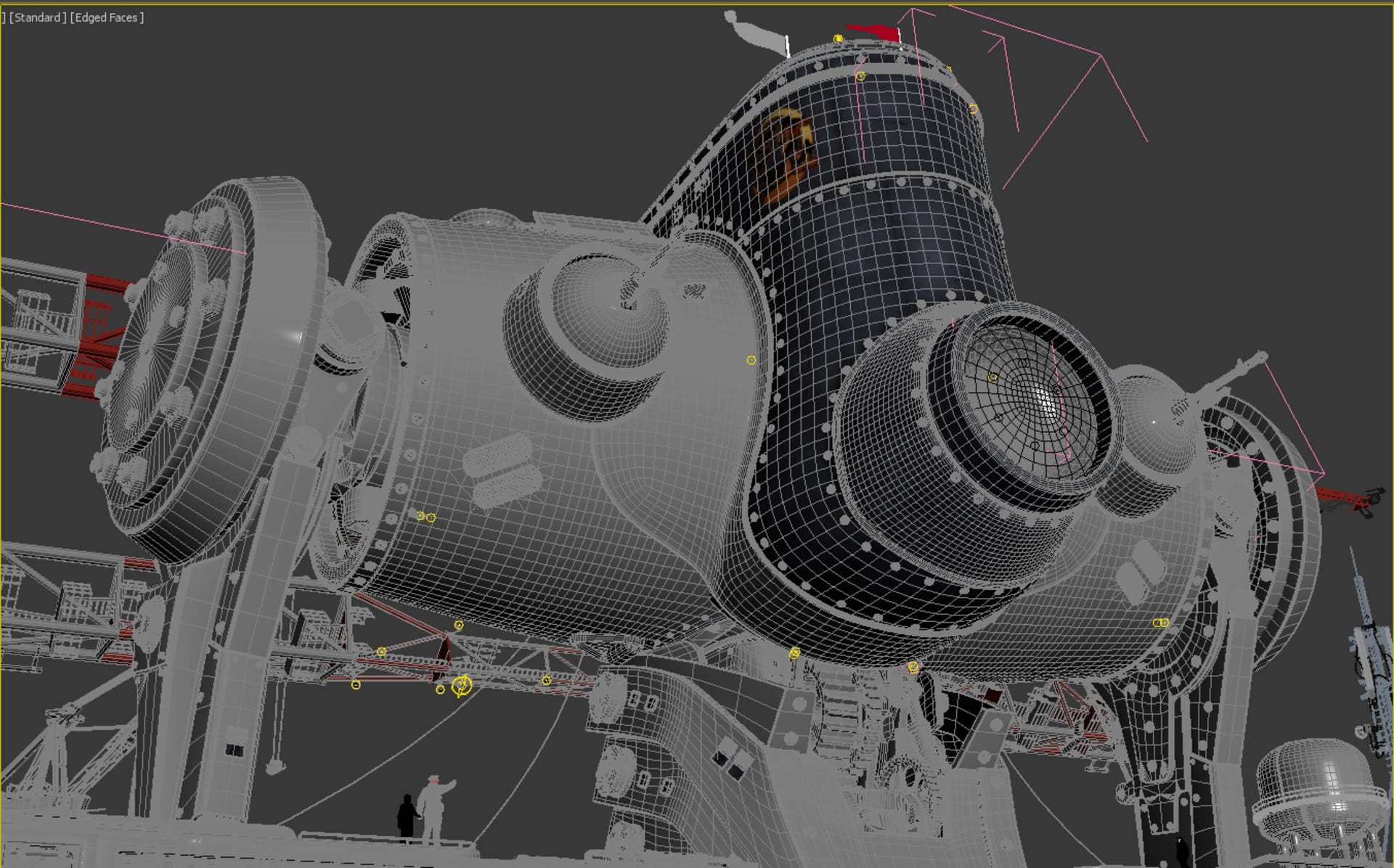
Your portfolio features an impressive collection of character illustrations packing many powerful poses. How important is the pose to the success of a 3D illustration? Do you have any tips?
AB: Gestures and poses are really everything when it comes to 3D illustrations. I truly recommend spending time researching how poses work in relation to the composition of an image; don’t be ashamed of being inspired by other people’s artwork as well. You can also ask friends to pose for you — or buy a quality poseable mannequin. Be sure to take pictures of the poses using the angles and framing that inspires you the most.
Back in the days, I used to do way more compositing in Photoshop, but with the advent of GPU rendering — and seeing how well integrated this technology is in V-Ray — I tend to do less and less of that and rely mostly on fast solid renders.”
Alessandro Baldasseroni, Lead Character Artist, NVIDIA
You also have an incredible eye for lighting and color. How does V-Ray allow you to create beautiful lighting scenarios and how much post-production do you typically do?
AB: V-Ray definitely helps me a lot and it’s my main rendering tool these days for personal work. I’ve also been using it professionally for more than a decade. What I like most about it is the versatility of the tools in terms of lighting options and atmospheric effects — and, of course, the 3ds Max/Maya integration and rendering speed.
Back in the days, I used to do way more compositing in Photoshop, but with the advent of GPU rendering — and seeing how well integrated this technology is in V-Ray — I tend to do less and less of that and rely mostly on fast solid renders.
Your latest personal project was inspired by artworks by the talented Francisco Ruiz Velasco. Can you tell us what it was about Francisco’s work that motivated you to create a series of 3D illustrations?
AB: I’ve been privileged to work with Francisco for years when we were both at Blur Studio; I always loved his designs — to the point that we’ve already done some collaborations together. His mech robot, in particular, is an old concept of his that has always been in my to-do list to create in 3D. The series came naturally because I find that one illustration is too few when you have such a fascinating asset at your disposal.
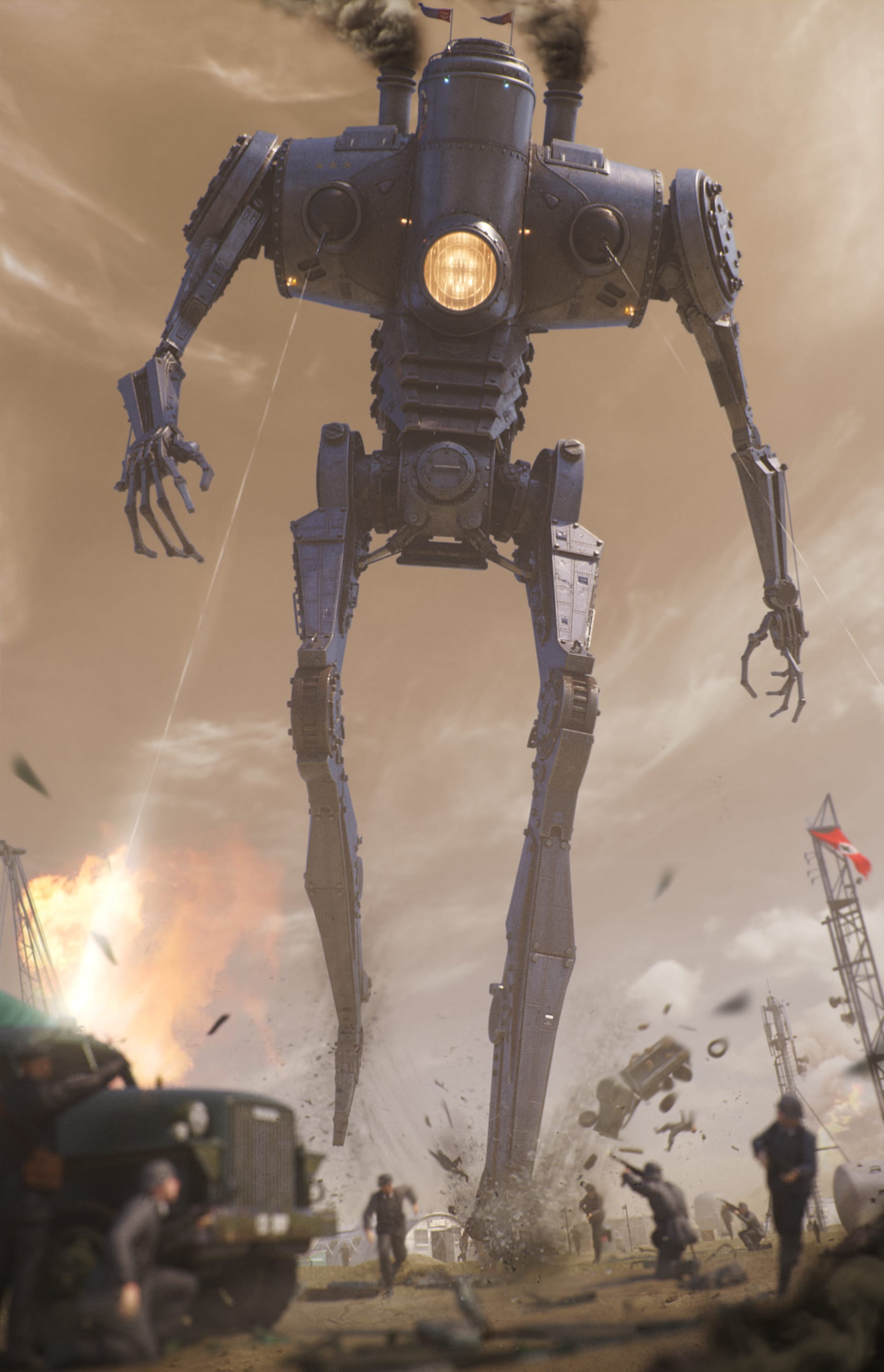
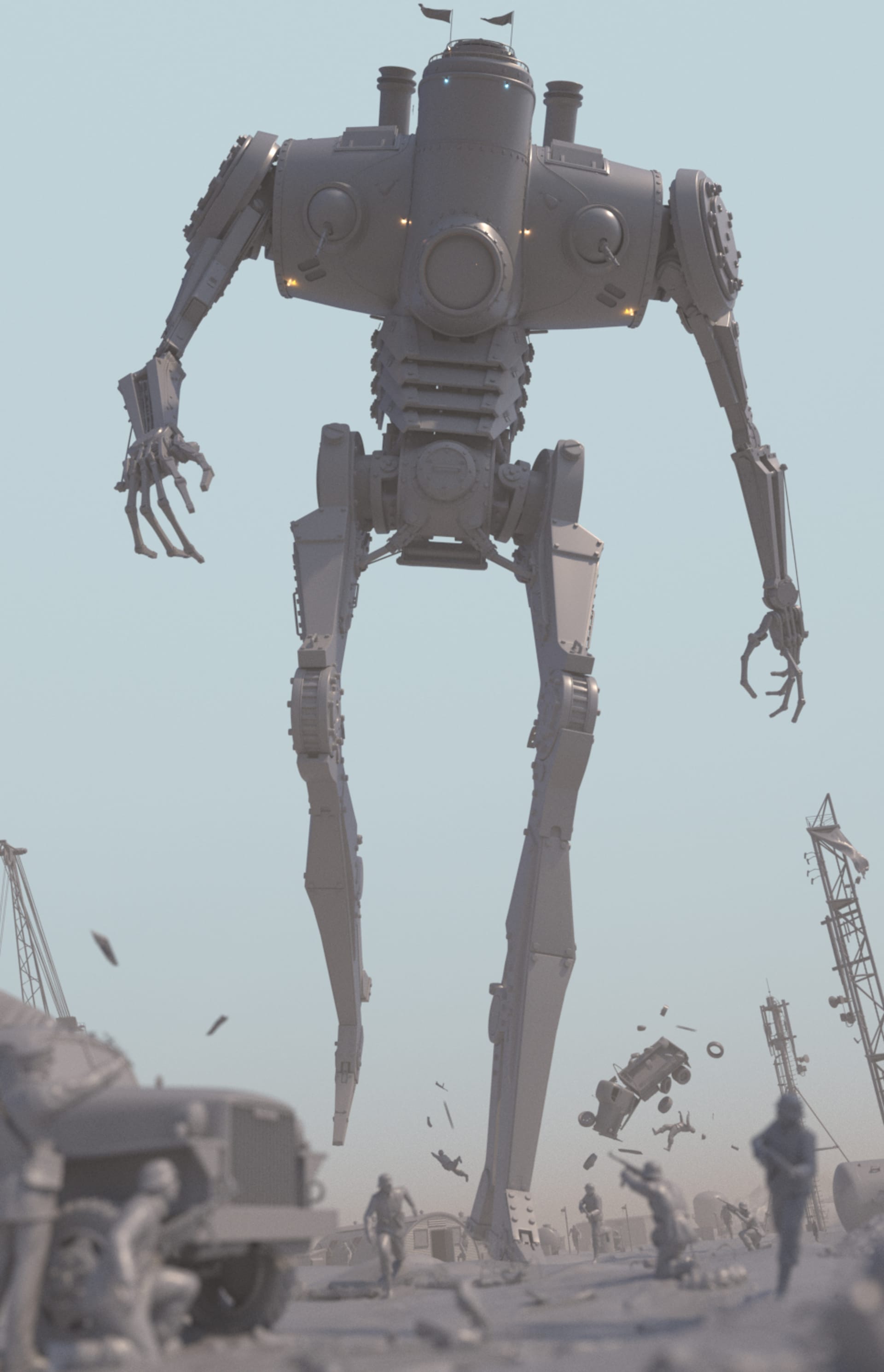
You’ve been working with 3ds Max and V-Ray for decades. Can you tell us why these tools have stood the test of time for you?
AB: Regarding 3ds Max, my loyalty is mainly related to my professional background; in recent times, I’ve started using Maya more extensively. V-Ray proved to be rock solid in production at Blur Studio and, when it comes to my personal work, it’s usually even easier for me to rely on it because there are fewer constraints and you can be sure that the software is up to any technical challenge.
Also, V-Ray’s integration with Max and Maya is excellent — not to mention the new V-Ray Shaders in Substance, which I use all the time. V-Ray Shaders are easy and intuitive; building shader networks is facilitated by a multitude of premade maps and nodes tested over the years. It just feels easy and comfortable, and also the software dramatically increases performance with each new release.
Are you working on any other personal projects right now that you can tell us about?
AB: Definitely. It’s an illustration based on some Alex Konstad characters, and as usual, the whole thing will be rendered in 3ds Max and V-Ray.
Visit Alessandro Baldasseroni’s personal website and follow him on Instagram to see more incredible work.




